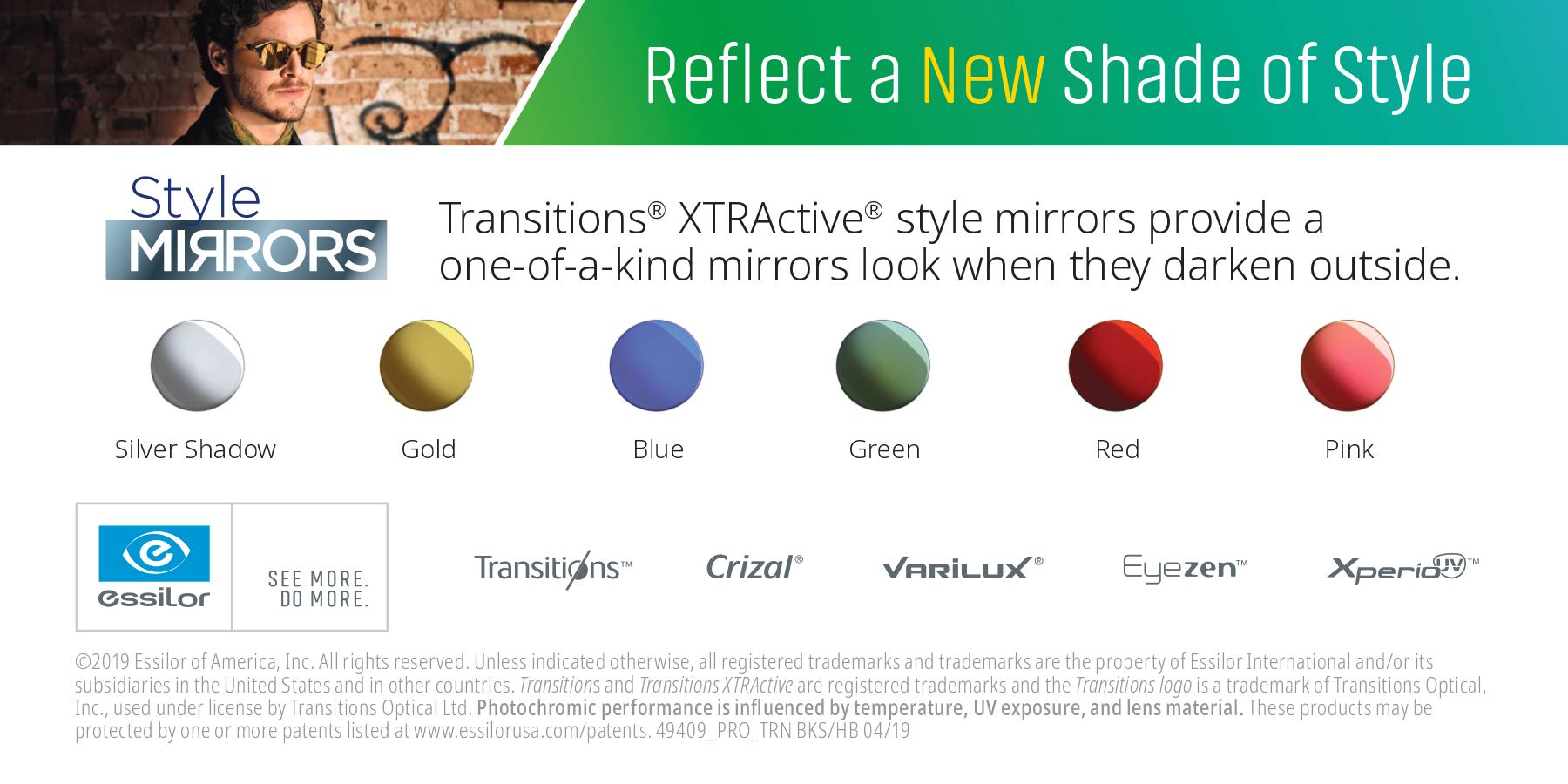Blog
How to Transition from Glasses to Contact Lenses Comfortably
Switching from glasses to contact lenses can be an exciting change, offering greater freedom and flexibility in your daily life. However, the transition can also come with challenges, especially for those who have worn glasses for years. In this comprehensive guide, we will explore the necessary steps to ensure a smooth transition, tips for comfort, and the benefits of contact lenses, helping you make the switch seamlessly.
Understanding the Benefits of Contact Lenses
Before diving into the transition process, it’s essential to understand why many people choose contact lenses over glasses. Here are some significant benefits:
1. Improved Field of Vision
Contact lenses conform to the curvature of your eyes, providing a wider field of vision compared to glasses, which can obstruct peripheral sight.
2. No Fogging or Condensation
Unlike glasses, contact lenses won’t fog up in humid conditions or when transitioning from cold to hot environments, providing clearer vision in various scenarios.
3. Aesthetic Appeal
Many individuals prefer the look of contact lenses, as they do not alter the natural appearance of the face. Contacts can enhance facial features without the distraction of frames.
4. Active Lifestyle Convenience
For those who lead active lifestyles or participate in sports, contact lenses offer a more practical solution, eliminating the risk of glasses slipping or breaking during physical activities.
5. Versatile Options
Contact lenses come in various types, including daily disposables, extended wear, and colored lenses, allowing for customization based on lifestyle and preferences.
Preparing for the Transition
1. Consult an Eye Care Professional
The first step in transitioning to contact lenses is to schedule an appointment with an eye care professional. They will perform a comprehensive eye exam to determine your vision needs and assess whether contact lenses are suitable for you.
- Contact Lens Fitting: Your eye doctor will take measurements of your eyes, including the curvature and diameter of your cornea, to ensure a proper fit for your contact lenses.
2. Understand Your Prescription
Contact lens prescriptions differ from glasses prescriptions. Your eye care provider will provide you with a specific prescription for contact lenses, indicating the lens type, brand, and any additional features.
- Base Curve and Diameter: These measurements are crucial for ensuring that the lenses fit comfortably and provide optimal vision correction.
3. Choose the Right Type of Contact Lenses
There are several types of contact lenses available, each designed for different needs. Here’s a breakdown:
- Daily Disposables: These lenses are worn for a single day and then discarded, providing convenience and reducing the risk of infections.
- Extended Wear: Designed for overnight use, these lenses can be worn continuously for several days. However, they require careful handling and hygiene.
- Toric Lenses: Specifically designed for astigmatism, toric lenses have different powers in various meridians of the lens to correct vision accurately.
- Multifocal Lenses: These lenses provide multiple focal points, allowing wearers to see clearly at various distances, ideal for those with presbyopia.
The Transition Process
1. Start with a Trial Pair
Once you’ve chosen your lenses, your eye care provider may give you a trial pair to test. This allows you to experience the feel and fit before committing to a full purchase.
- Wear Schedule: Begin by wearing the lenses for a few hours each day, gradually increasing the time as you become accustomed to them.
2. Learn Proper Insertion and Removal Techniques
Mastering the art of inserting and removing contact lenses is crucial for a successful transition. Follow these steps:
Insertion:
- Wash Your Hands: Always start with clean hands to prevent infections.
- Prepare the Lens: Place the lens on your index finger, ensuring it is right-side out (the edges should curve outward).
- Hold Your Eye Open: Use your other hand to hold your eyelid open and gently place the lens on your eye.
- Blink: After placing the lens, blink a few times to help it settle into place.
Removal:
- Wash Your Hands: Again, start with clean hands.
- Look Up: Gently pull down your lower eyelid with one hand.
- Pinch the Lens: Use your thumb and index finger to pinch the lens and remove it from your eye.
- Store Properly: Place the lens in its case with the appropriate solution.
3. Adapt to the Sensation

Initially, contact lenses may feel foreign or uncomfortable. Here are some tips to help you adapt:
- Stay Hydrated: Ensure you drink enough water, as hydration can impact eye moisture.
- Use Rewetting Drops: If your eyes feel dry, use rewetting drops specifically designed for contact lenses to enhance comfort.
- Avoid Rubbing Your Eyes: Rubbing can dislodge the lenses and cause irritation.
4. Monitor Your Comfort Levels
It’s essential to pay attention to how your eyes feel during the transition. If you experience persistent discomfort, redness, or vision problems, consult your eye care professional.
Tips for Comfortable Wear
1. Maintain Good Hygiene
Proper hygiene is crucial for contact lens wearers. Here are key hygiene practices:
- Clean Your Lenses: If you’re using reusable lenses, clean and store them as directed by your eye care provider.
- Change Lens Solution Regularly: Use fresh contact lens solution daily to prevent bacterial growth.
- Avoid Water Exposure: Remove your lenses before swimming or showering to prevent contamination.
2. Follow a Schedule
Establish a routine for wearing your contact lenses. This includes:
- Daily Routine: Set a specific time for inserting and removing your lenses each day.
- Limit Wear Time: Initially, limit wear time to a few hours and gradually increase as your comfort improves.
3. Schedule Regular Eye Exams
Regular check-ups with your eye care provider are essential for maintaining eye health and ensuring your lenses continue to meet your vision needs.
- Assess Fit and Comfort: Regular exams allow your eye care provider to assess the fit of your lenses and make any necessary adjustments.
4. Consider the Environment
Environmental factors can affect contact lens comfort. Here are some considerations:
- Humidity Levels: Dry environments can exacerbate dryness. Use a humidifier if necessary.
- Allergens: If you’re prone to allergies, consider using daily disposable lenses to minimize irritation from allergens.
Addressing Common Concerns
1. Dry Eyes
Dryness can be a common issue for contact lens wearers. If you experience dry eyes, consider:
- Hydrating Drops: Use preservative-free rewetting drops to keep your eyes moist.
- Blink Regularly: Remind yourself to blink often, especially when using screens for extended periods.
2. Allergies
If you have allergies, consider the following:
- Daily Disposables: Switching to daily disposable lenses can help reduce exposure to allergens.
- Consult Your Doctor: Your eye care provider may recommend specific lenses or solutions that are better suited for sensitive eyes.
3. Irritation or Redness

If you experience irritation or redness, follow these steps:
- Remove and Rest: Take out your lenses, and give your eyes a break. If symptoms persist, consult your eye care professional.
- Check for Debris: Ensure there are no foreign particles on your lenses causing discomfort.
The Benefits of Continuing with Contact Lenses
1. Enhanced Lifestyle
Transitioning to contact lenses can significantly enhance your lifestyle, providing freedom and convenience. Whether you’re playing sports, enjoying outdoor activities, or simply going about your daily routine, contacts can offer a seamless experience.
2. Increased Confidence
Many individuals find that wearing contact lenses boosts their confidence. With no frames to adjust or worry about, you can focus on your activities and interactions without distraction.
3. Versatility in Fashion
Contact lenses allow for greater versatility in fashion choices. You can wear sunglasses or other eyewear styles without the limitations of prescription glasses.
Conclusion
Transitioning from glasses to contact lenses is a significant step that can enhance your vision and lifestyle. By taking the time to prepare, following proper techniques for insertion and removal, and addressing comfort concerns, you can make the switch smoothly.
Remember to consult with your eye care professional throughout the process to ensure you find the right lenses for your needs. With patience and practice, you’ll soon enjoy the freedom and flexibility that contact lenses offer, allowing you to engage fully in all aspects of your life. Embrace the change and enjoy clearer, unobstructed vision!


